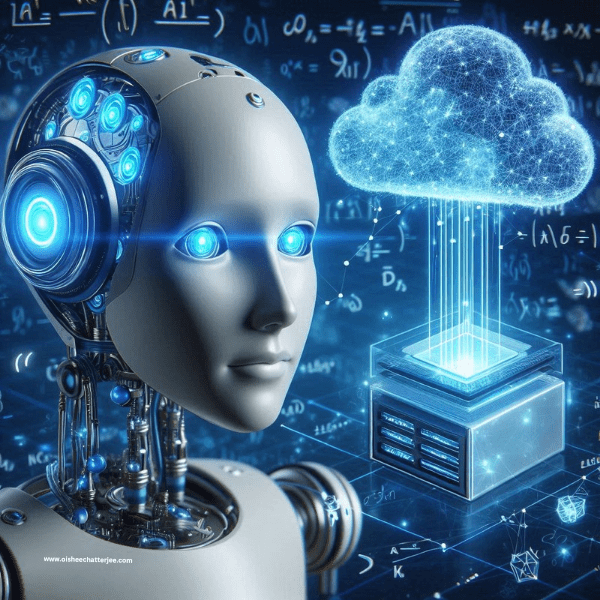Deep Learning Algorithms Explained
My Phone is spying on Me!
Let’s talk about something seriously creepy… but also kind of cool! My phone keeps suggesting apps I totally love, and Netflix seems to know exactly what shows will turn me into a mindless zombie for the weekend. Seriously, how does it know?! Is my phone secretly listening to my conversations? Is it reading my mind?
The answer, my friends, lies in the fascinating world of deep learning algorithms. These algorithms are basically like super-powered brains for computers, and they’re changing the world in some seriously cool (and sometimes a little creepy) ways.

Deep learning algorithms aren’t like your basic calculator app. They use complex structures called “artificial neural networks” that mimic the human brain. Let’s imagine a million tiny wires connecting and firing information, that’s kind of what’s happening inside your phone (except way cooler). These networks allow deep learning algorithms to learn and adapt from massive amounts of data, which is why your phone can predict your next move (like suggesting that perfect pizza app after you scroll through endless food pics on Instagram).
But wait, there’s more! There are actually different types of deep learning algorithms out there, each with their own superpowers:
Convolutional Neural Networks (CNNs):
These guys are like the ultimate picture detectives. They can analyze images and videos, which is why your Facebook can recognize your face in a blurry photo from your friend’s crazy weekend party.
Recurrent Neural Networks (RNNs):
Think of RNNs as the memory champions of the algorithm world. They can analyze sequences of data, like words in a sentence or notes in a song. This is why your phone can suggest the perfect reply text based on your previous messages (seriously, these algorithms are getting too good!).
Long Short-Term Memory Networks (LSTMs):
These are basically the overachievers of RNNs. They can remember information for longer periods, which is why Netflix can recommend that perfect next show based on something you watched months ago.
Deep learning algorithms are used in all sorts of cool ways beyond just our phones. They’re helping doctors diagnose diseases, self-driving cars navigate the road (although, maybe don’t let them drive you to Grandma’s house just yet!), and even power those chatbots you sometimes talk to online.

FAQs:
What are deep learning algorithms?
Deep learning algorithms are complex computer programs that learn from data and can adapt to new situations, similar to how the human brain works. (Source: What is deep learning?)
What are the three types of deep learning?
Three common types of deep learning algorithms include Convolutional Neural Networks (CNNs), Recurrent Neural Networks (RNNs), and Long Short-Term Memory Networks (LSTMs).
What are the 4 algorithms in machine learning?
While not all-encompassing, some common machine learning algorithms include decision trees, random forests, support vector machines, and k-nearest neighbors. It’s important to note that deep learning is a subset of machine learning that utilizes complex neural networks.
Is CNN a deep learning technique?
Yes, Convolutional Neural Networks (CNNs) are a type of deep learning algorithm specifically designed to excel at image and video analysis. (Source: GeeksforGeeks)
Deep learning frameworks like TensorFlow and PyTorch are like the playgrounds where these algorithms come to life. These frameworks provide the tools and resources that programmers need to build and train these super-powered brains.
Deep learning algorithms are a powerful force changing the world around us. While they might be a little spooky at times (seriously, how does my phone know I need that new pair of fuzzy socks?), they’re also revolutionizing the way we live, work, and play.
.
Source : Simplilearn




